Santiago de Compostela is well known to everyone. For over 1,000 years pilgrims have walked to this place to visit the tomb of the apostle James in the cathedral. The Camino Francés is the most popular route to complete this journey. The Camino Francés starts in France and has a length of 784 kilometres. To complete the trek in its entirety, you need a lot of time! That's why in this blog post we focus mainly on the last 100 kilometres of the route, the distance required for a compostela. Curious? Bookatrekking.com tells you everything you need to know about the Camino Francés!
The Camino Francés is one of the routes to Santiago de Compostela and, as mentioned, the most frequently chosen variant. The route starts in Saint-Jean-Pied-de-Port in France and takes you across the Pyrenees to Spain. Along the way, you pass cities such as Pamplona and Burgos and walk along elongated paths. Surrounded by lavender and wheat fields and perhaps a snow-covered mountain peak, you can let your mind wander to finally bring your journey to a close in Santiago de Compostela.





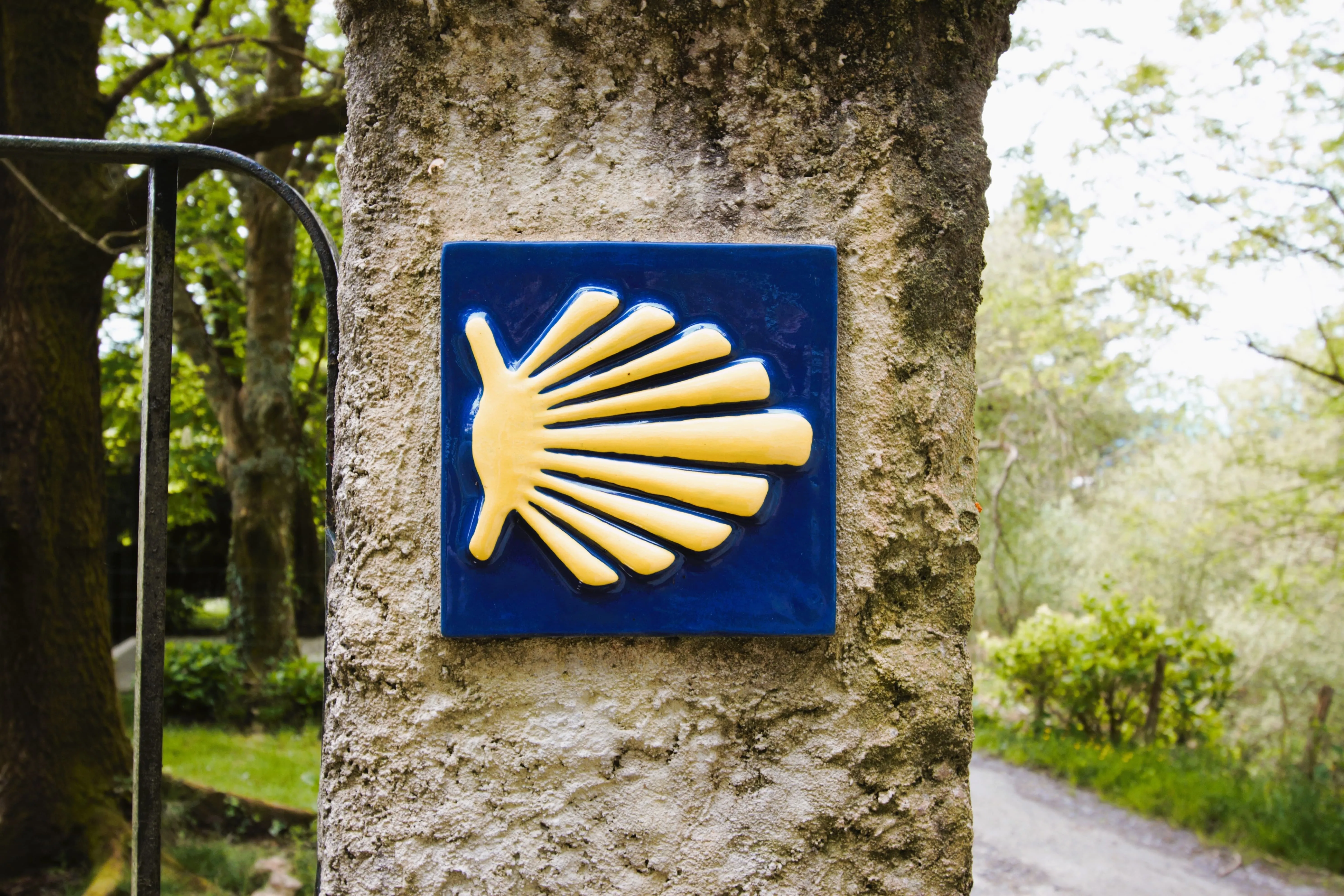

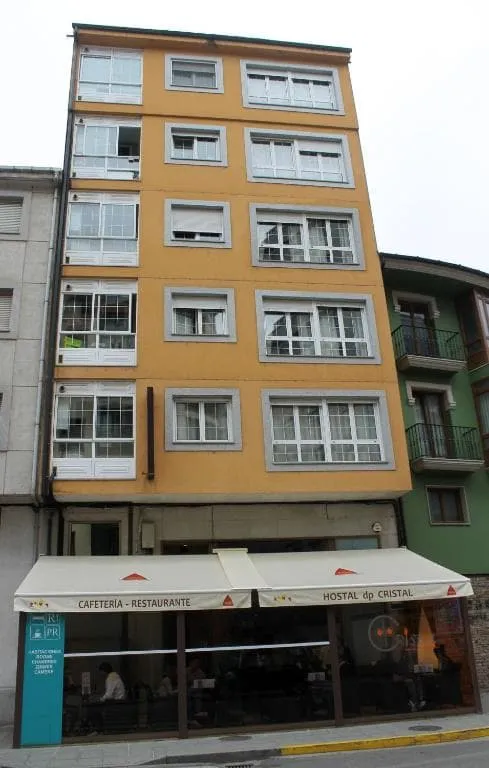


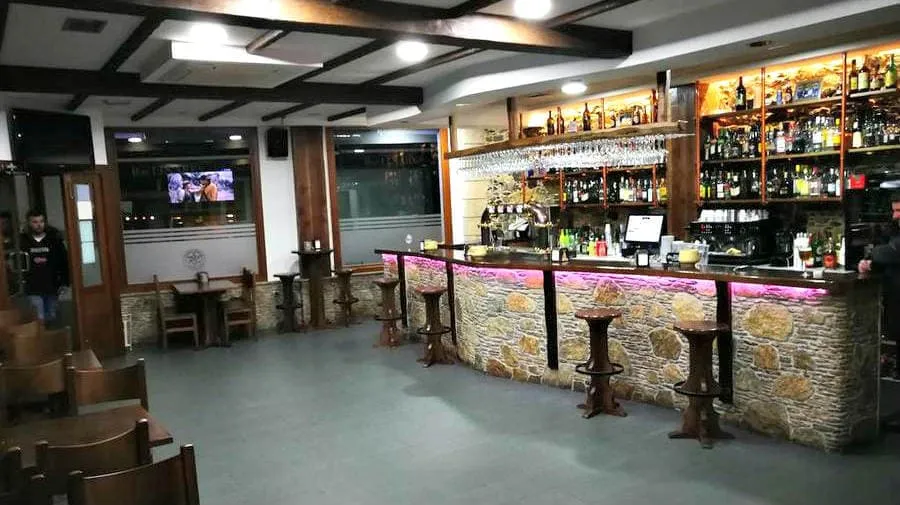
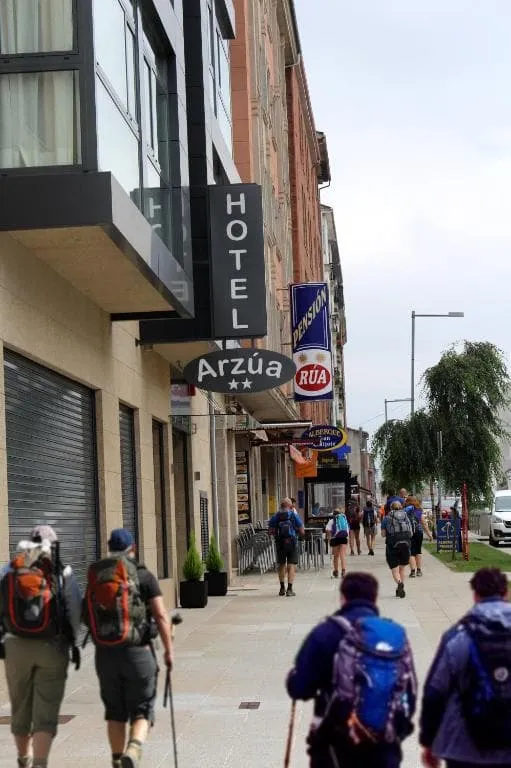
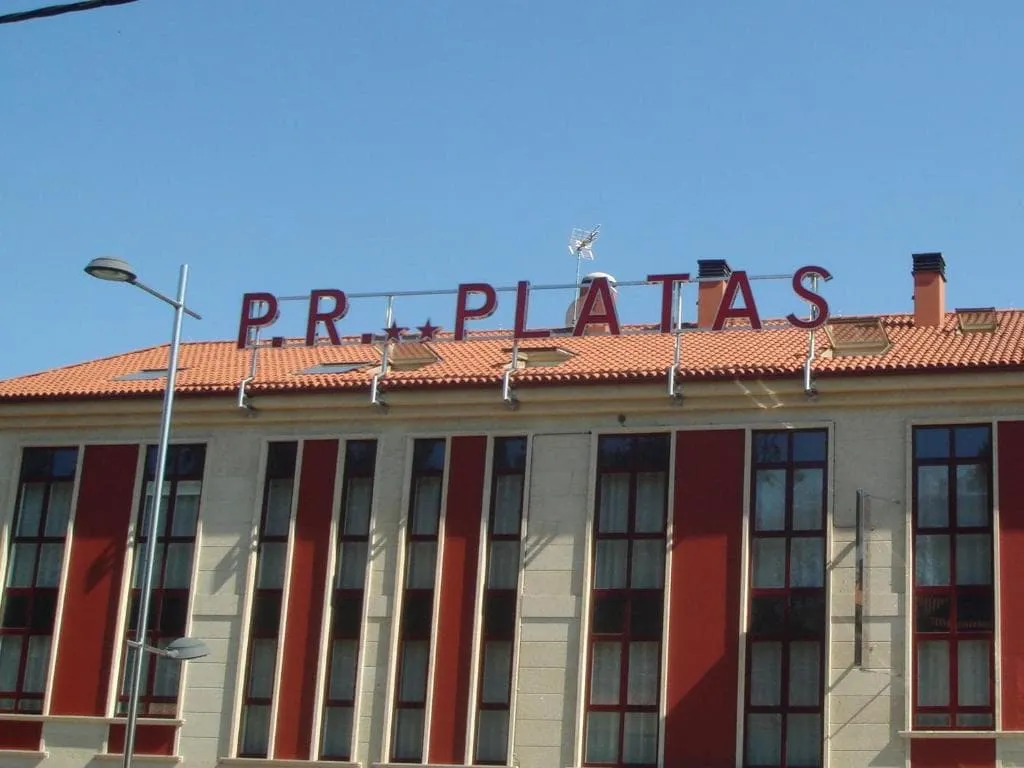
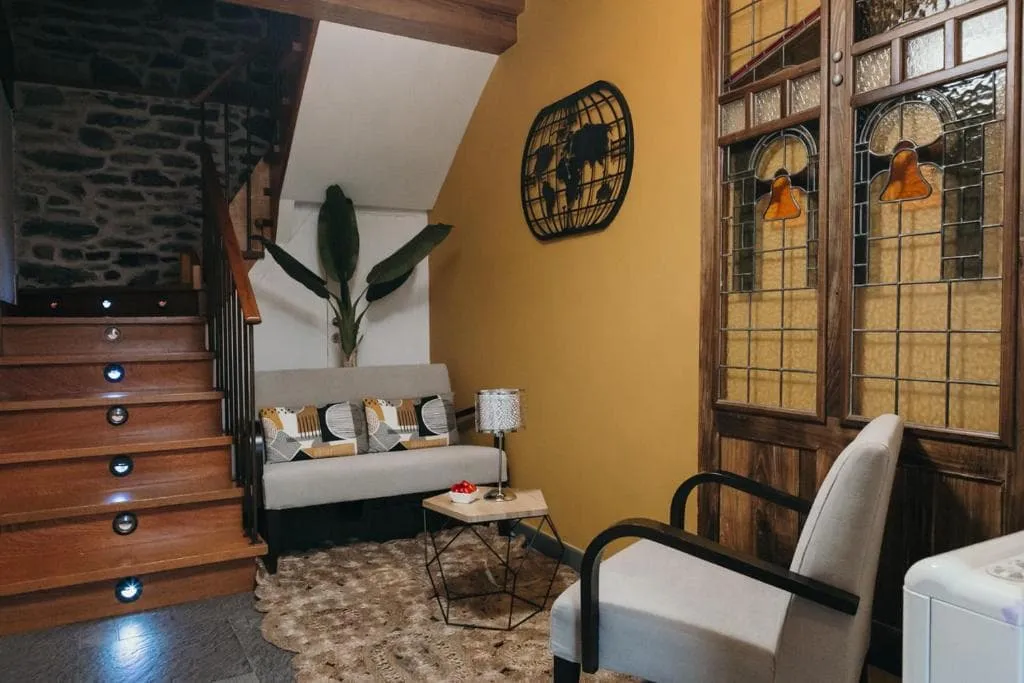

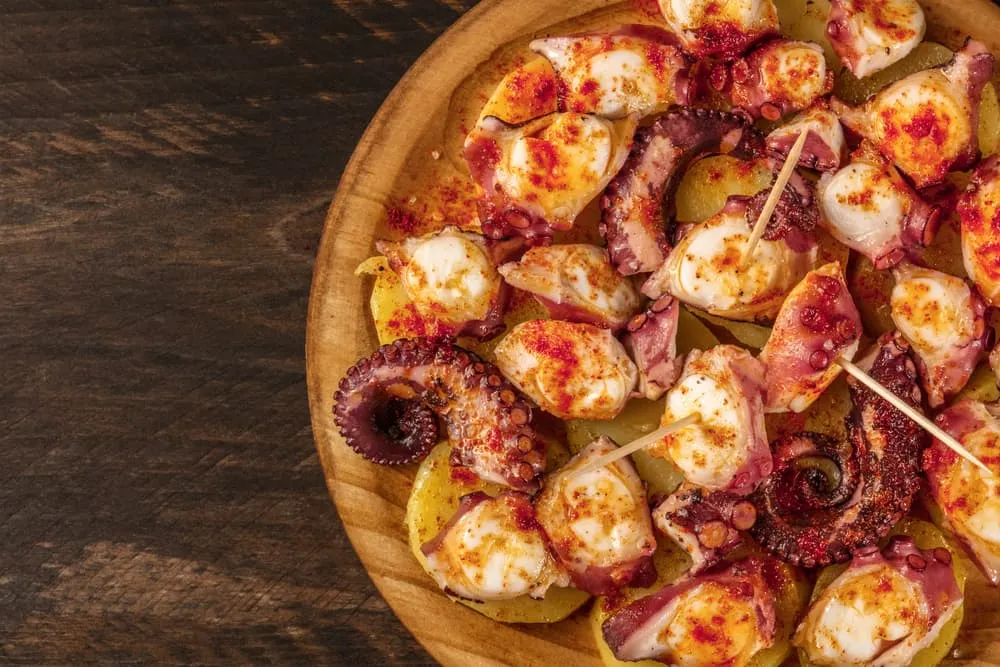




Comments